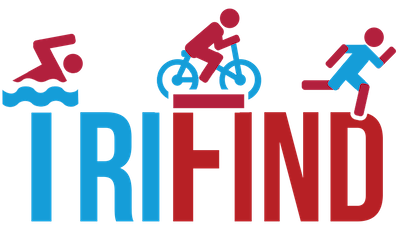A Triathlete’s Kick Is Vital to Swimming Success
The physique of a professional athlete is directly proportional to their sport. If you were asked to envision a swimmer, ideally you’d picture some with a v-tapered torso and an impressive core.
Triathletes themselves are a unique breed because of the combination of three separate sports that must be honed to perfection under intense condition. Swimming, which is one of the three disciplines that each triathlete needs to master, has often come under scrutiny for the most practical techniques that should be applied.
It is essential to understand that as a triathlete, you are an open water swimmer. Relying on comparisons to that of an Olympic swimmer is simply setting yourself up for failure. Let’s take a look at the true function of the kick for an open water swimmer during freestyle, the correct mechanics and how to incorporate these elements into your workouts.
How Much?
In swimming, specifically distance swimming, the kick generates around 10 percent of the propulsion. Appreciating this principle means you’ll understand the critical role of the legs to create lift in order to maintain a straight line from the crown of your head to the sole of your feet.
The drive of your leg down into the water should always generate a momentum that allows your lower body to rise and up on repositioning in line with your shoulders. Your heels should always break the surface of the water, with the toes only so often.
The leg is undoubtedly your greatest asset during a freestyle and if you’re unable to position them properly, you’ll expend more than is required for the event. Again, the goal is to create a long, lean line out of your body during freestyle, therefore the legs must also uphold the profile.
I’ve found out that appreciation and practice of technique comes with understanding fluid movements and simplicity. I was able to fully grasp the concept of freestyle swimming after learning Chinese painting techniques on Chinese-tools.com which taught me the simplicity of strokes for various pieces and it made it a lot easier to mimic artistic movements with my feet as well. Now, imagine a straight line from your hip flexors to your pointed toes. In actuality this is the active kicking position of your leg, but with a micro bend at the knee and a slight internal rotation. In application of this movement, you should always strive to stay relaxed through the hips and quads so as not be too rigid during the drive down of the kick.
The Application of Technique
Now, let’s isolate the kick with a drill that executes the repetition necessary to make changes to your current kicking technique. Extend your lower arm in front of your head and keep your upper arm glued to your side. The goal is to kick on your side with your entire body rotated between 45 to 60 degrees. Ensure your body remains stable, core engaged to stabilize your spine, and turn your head to the side to inhale as regularly as you would during freestyle. I would recommend that you drill on one side for 15 meters, followed by an easy 15 meters of freestyle in order to integrate the kicking focus into your full stroke. Alternate the sides during this drill, with the total combined distance equaling approximately 200 meters. Always remember that the primary focus of the drill is to exclusively focus on kicking mechanics.
Now that you understand the importance of kicking, practice these efficient, steady kick mechanics to keep your body in the correct position for maximum speed. You can’t “save” your legs for the bike or run by not using them in the swim so why not learn how to use them effectively? As the old adage goes “Practice makes perfect”.


